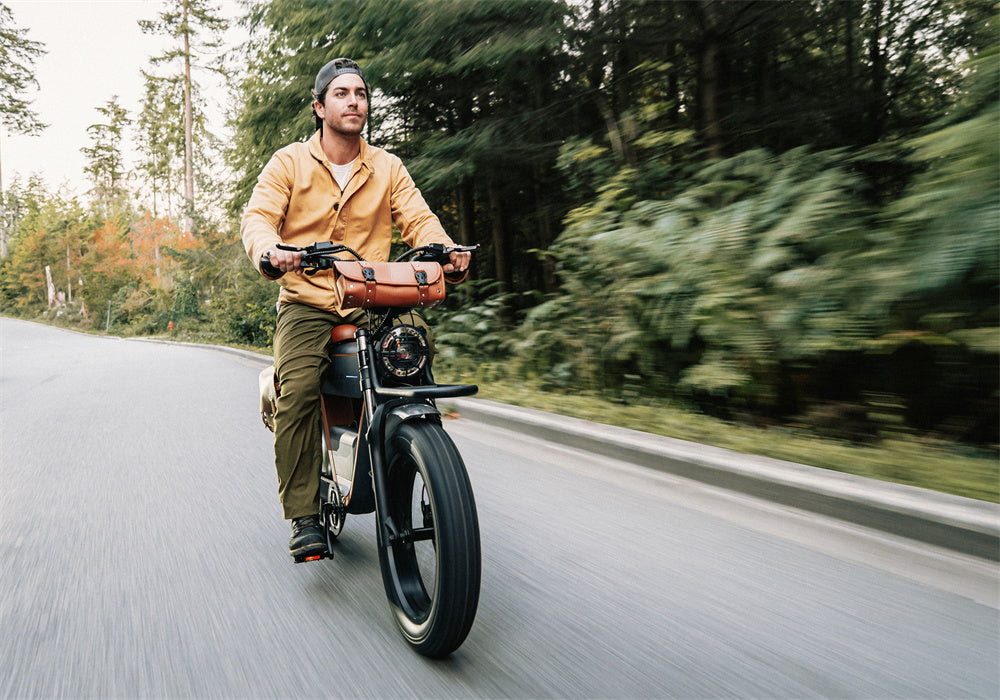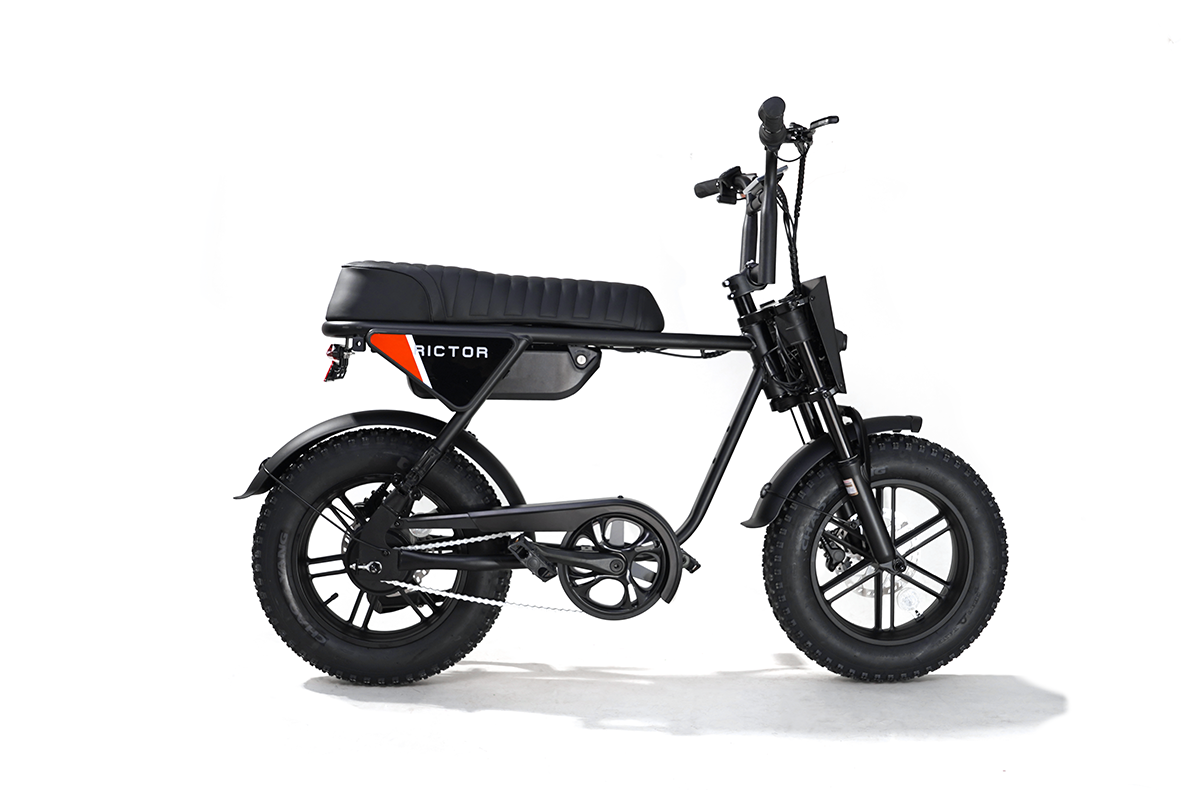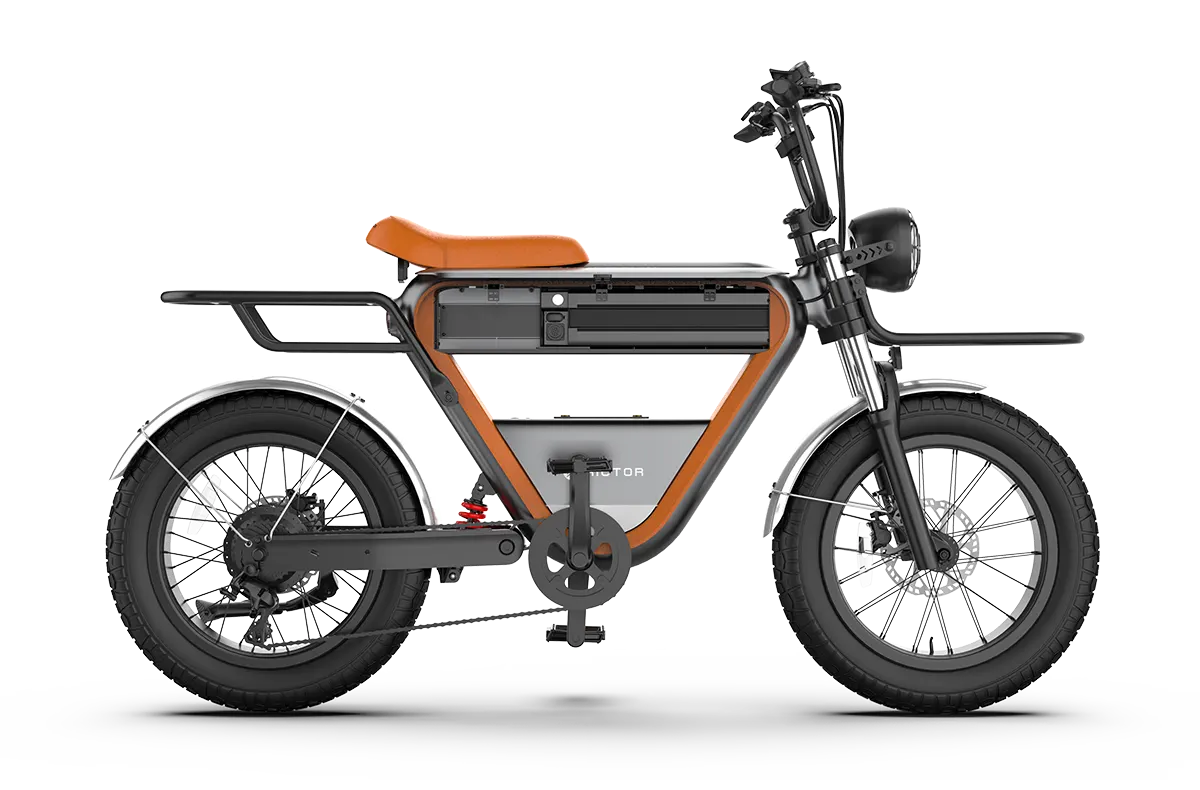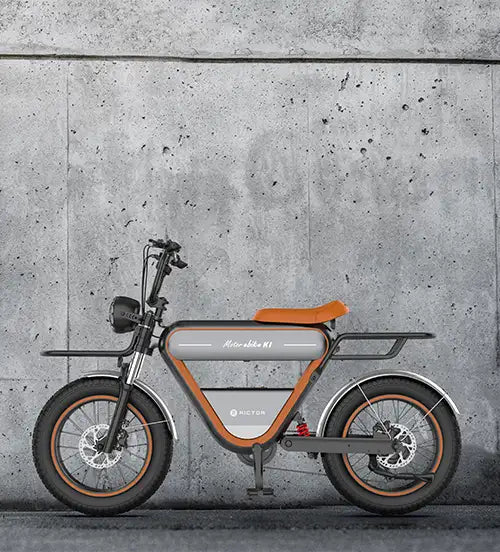
Hardtail vs. Full Suspension: Which Bike is Better for Beginners?
What Is a Hardtail Bike
A hardtail mountain bike is characterized by having a suspension fork in the front but no rear suspension. Essentially, the rear of the bike is rigid, providing a more direct connection to the terrain. They are ideal for riders who enjoy cross country, trail riding, or even light enduro.
Advantages of Hardtail Bikes
One of the biggest benefits of hardtail mountain bikes is their lighter weight. Without the additional rear suspension components, hardtails tend to be significantly lighter than full suspension bikes, making them a popular choice for riders who want to push speed on smooth or moderately rough terrain. The efficient power transfer from the pedals to the wheels is another advantage, as the lack of rear suspension means less energy is absorbed by the bike.
Hardtail bikes are often more affordable compared to their full suspension counterparts. If you're new to mountain biking or looking for an entry level bike, a hardtail offers a good balance of performance and price.
Limitations of Hardtail Bikes
While hardtails excel on smoother trails, they can struggle on rougher terrain. The lack of rear suspension means that the bike doesn’t absorb impacts from rocks, roots, or uneven surfaces as effectively as a full suspension bike would. Riders may feel more bumps and jolts on challenging trails, potentially affecting comfort and control. This is especially noticeable during technical descents or when riding on highly uneven surfaces.
SEE ALSO Rictor K1 All-Terrain Electric Bike: Is it the Ultimate Off-Road Champion of 2024?

What Is a Full Suspension Bike
A full suspension mountain bike features both front and rear suspension systems, offering a smoother ride over rough terrain. These bikes are designed to absorb bumps and impacts from the ground with shock absorbers located both at the front and rear wheels. Full suspension bikes are particularly useful for riders who prioritize comfort and control, especially on downhill or technical trails.
Advantages of Full Suspension Bikes
Full suspension bikes excel in absorbing rough terrain, providing a smoother ride compared to hardtails. The rear suspension helps to keep the back wheel in contact with the ground, improving traction and control, especially on descents or technical trails. This makes full suspension bikes a great choice for riders tackling downhill runs, rock gardens, or rooty trails. The extra shock absorption can reduce rider fatigue, as the bike takes much of the sting out of the rough terrain.
Another significant advantage is the improved traction on uneven surfaces. The rear suspension allows the bike to maintain better contact with the ground, which is particularly helpful for climbing steep or technical sections. This feature gives full suspension bikes a distinct edge when it comes to performance on challenging trails.
Limitations of Full Suspension Bikes
Despite their impressive ability to handle tough terrain, full suspension bikes come with some downsides. They tend to be heavier due to the added components, which can reduce overall efficiency, especially on flat or smooth sections of a trail. If you're planning to do a lot of cross country or long distance riding, this weight may become a disadvantage as the extra suspension can absorb some of your pedaling power.
Full suspension bikes are also generally more expensive than hardtails due to the additional suspension components and their advanced design. For those on a budget, a hardtail may offer a more economical entry point into mountain biking.
Which Bike Is Right for You
Choosing between a hardtail and a full suspension mountain bike ultimately depends on your riding style and preferences.
Go for a hardtail if you primarily ride on smooth to moderately rough trails and prioritize speed, efficiency, and lightweight design. Hardtails are perfect for riders who are looking for cross country performance and a lower cost without sacrificing too much in the way of comfort or capability on the right terrain.
Opt for a full suspension bike if you plan on tackling more technical terrain, including downhill runs or rocky trails, and want a bike that can absorb rough impacts while providing superior comfort and control. Full suspension bikes are better suited for riders who prioritize performance in rugged environments and are willing to invest in the added weight and cost for these benefits.
Conclusion
The decision between a hardtail and a full suspension bike ultimately comes down to how you intend to ride and what kind of terrain you expect to encounter. Hardtail bikes are great for cross country and trail riders who value efficiency and lightweight design, while full suspension bikes are better suited for more demanding rides, offering comfort and control on rough, technical trails. In addition to choosing a hardtail or full-suspension bike, you can also opt for an electric bike, like the Rictor K1 all terrain electric bike. It’s built to conquer a variety of terrains, from smooth trails to rocky paths, providing extra power for more challenging rides.
FAQs
Can a hardtail bike handle rough trails?
While hardtails can handle mild to moderate rough terrain, they are not as effective on very rocky or technical trails. The lack of rear suspension means they won't absorb bumps as well as full suspension bikes.
Are full suspension bikes worth the extra cost?
Full suspension bikes are worth the investment if you plan to ride on rough or technical trails regularly. The extra comfort and control they offer make them ideal for aggressive riders or those focused on downhill performance.
Which bike is best for beginners?
For beginners, a hardtail is usually a better choice due to its lower price, lighter weight, and simplicity. It’s a good entry-level bike for those who want to explore trail riding without the added complexity of full suspension.




